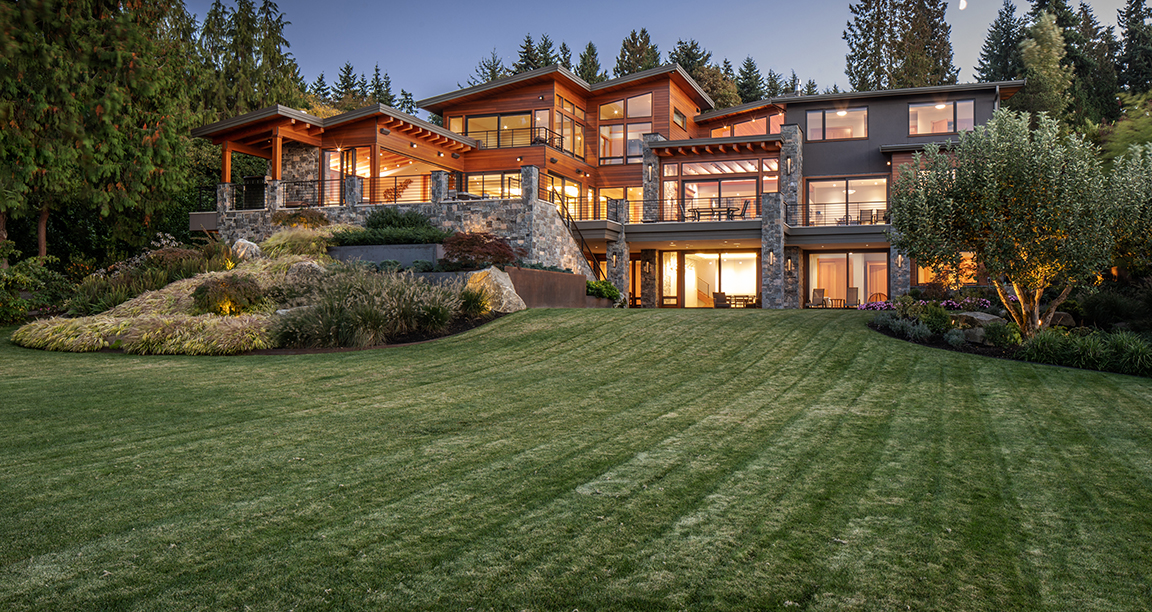Building a custom home is one of the most exciting and significant investments you’ll make. To bring your vision to life, hiring a residential architect is crucial. Architects not only design homes; they translate your ideas into functional, beautiful spaces while navigating zoning regulations and ensuring efficient use of resources. This guide will help you understand the steps involved in hiring the right residential architect to design your dream home.
- Define Your Vision and Goals
Before reaching out to any architect, have a clear idea of what you want. Consider your lifestyle, needs, and desires. Whether you’re envisioning a modern minimalist retreat or a traditional family home, defining your goals allows the architect to tailor designs to your expectations. Make a list of must-have features, desired layouts, and long-term goals, such as future-proofing for children or aging.
- Research and Shortlist Architects
Not all architects are the same, so research is key. Look for architects who specialize in residential design, especially those experienced in creating custom homes. Browse their portfolios to see if their style aligns with your vision. Reading reviews or asking for recommendations from friends, family, or contractors can also help you identify reputable architects. Pay attention to their work on similar projects, their familiarity with local regulations, and whether they are involved in sustainability practices if that aligns with your vision.
- Set a Budget and Discuss Fees
Before hiring, establish a realistic budget for both the project and architectural services. Architects typically charge either a flat fee, an hourly rate, or a percentage of the total construction cost. Make sure to discuss fee structures upfront and inquire about what services are included, such as design development, construction oversight, and material selection.
Budget transparency is crucial, as it ensures there are no surprises later. Be prepared for possible adjustments, especially if the design evolves during the process.
- Initial Consultation and Interview
After shortlisting a few architects, arrange consultations. These meetings allow you to assess whether the architect understands your vision and can translate it into a design that meets your functional and aesthetic needs. During the consultation, ask questions about their design process, experience with similar projects, and preferred collaboration style.
You should also inquire about their familiarity with local building codes, permits, and zoning requirements. A well-versed architect will anticipate challenges related to these regulations, saving you time and stress down the line.
- Review Design Proposals
Once you’ve chosen an architect, they will create preliminary design concepts based on your requirements. This phase typically includes floor plans, sketches, and rough models. Reviewing these proposals allows you to see how your ideas are coming to life. Be open to suggestions; architects often have creative solutions to problems you may not have anticipated.
At this stage, communicate clearly about any changes or adjustments. Collaboration is essential for achieving the final design that meets both your practical needs and aesthetic preferences.
- Finalize the Design and Plan
Once the design is approved, the architect will finalize detailed plans and technical drawings. These documents are vital for obtaining permits and guiding the construction process. During this phase, you’ll work with the architect to select materials, finishes, and fixtures. Architects often have established relationships with contractors, builders, and suppliers, which can simplify this process.
At this point, it’s also important to agree on the timeline and construction milestones, ensuring everyone involved is aligned on the project’s progression.
- Construction Oversight and Collaboration
Many architects offer construction oversight services, ensuring that the builder follows the design plans correctly. They will visit the site regularly, resolve any design issues, and communicate with contractors to ensure quality control. Having an architect involved during construction minimizes costly mistakes and ensures the finished home matches the original vision.
- Post-Construction Evaluation
After construction is complete, the architect may perform a post-construction evaluation to ensure everything meets expectations. They can help address any minor issues and provide guidance on home maintenance if necessary. This final step ensures your custom home is everything you imagined, with lasting quality.
Hiring a residential architect is an investment in both the design and construction process of your custom home. From the initial concept to the final build, an architect plays a crucial role in bringing your dream home to life while ensuring that it aligns with your needs, budget, and long-term goals. By following this guide, you’ll find the right architect who understands your vision and turns it into a beautifully designed reality that you can enjoy for years to come.
At Sturman Architects, we are committed to turning your vision into a home that surpasses expectations—beautifully designed and perfectly functional. With over 26 years of experience in crafting and remodeling residential and commercial properties in the Seattle, Bellevue, and surrounding areas, we have helped countless homeowners navigate the complexities of creating their dream spaces. Led by Brad Sturman, whose 30 years of expertise in high-end, luxury homes define our approach, we combine artistic innovation with flawless technical precision. Let us bring your dream home to life—contact us today to schedule a consultation!


